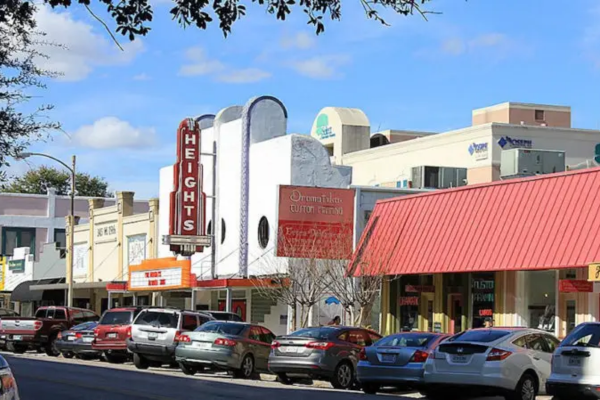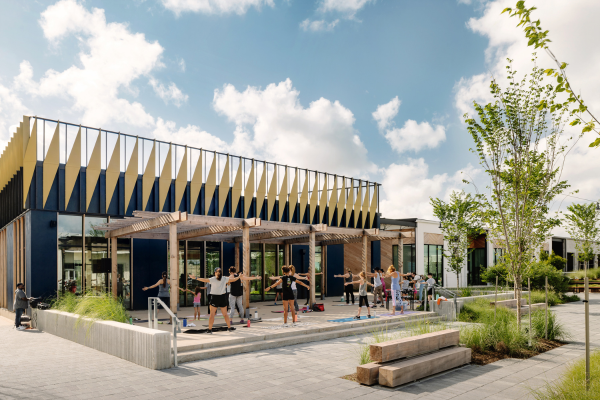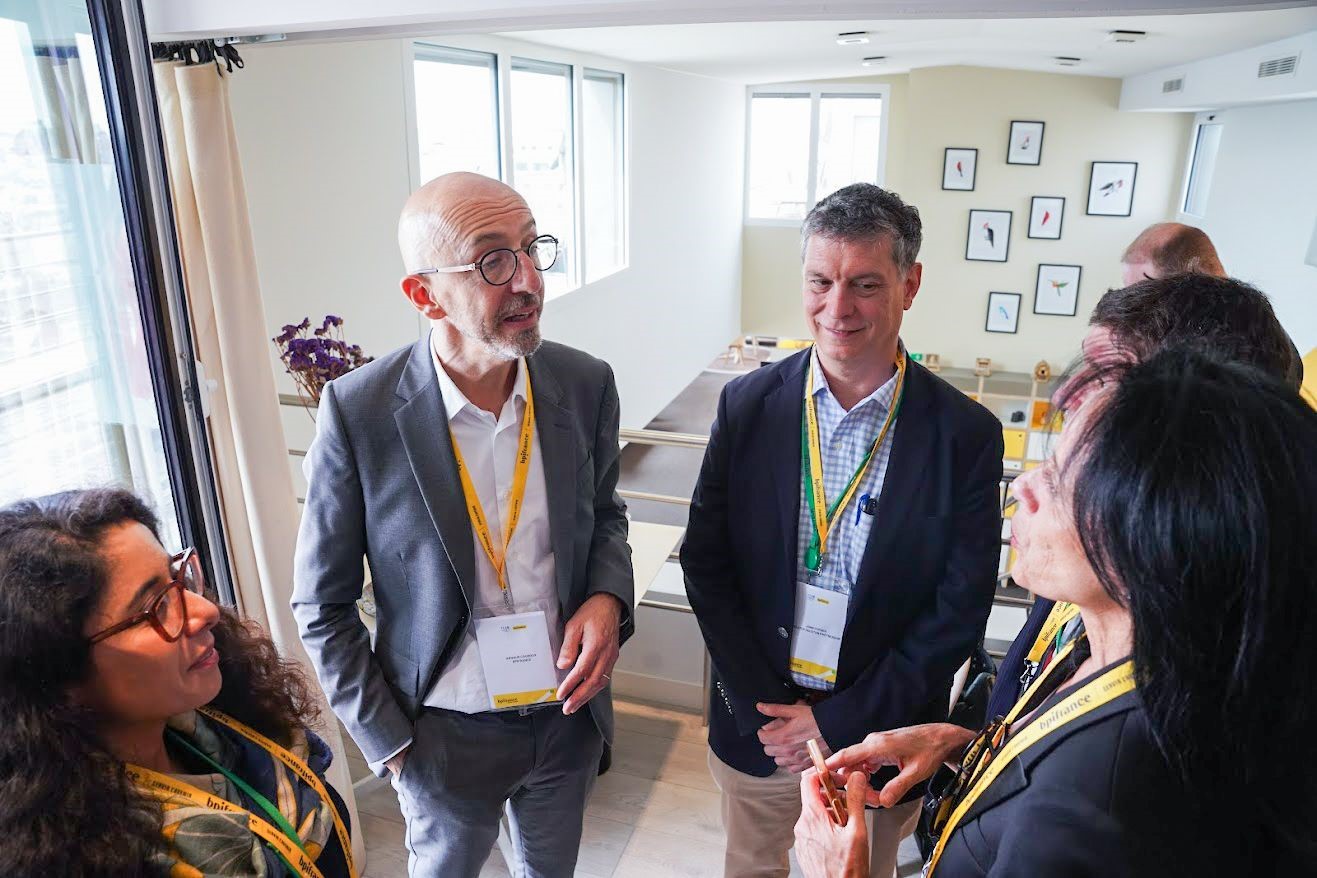Greater Heights Continues to Attract New Developments and Residents
Published Jul 31, 2023 by Taylor Tatum
When you think of the Heights in Houston, you likely picture the historic Heights Boulevard with its Victorian-era architecture or 19th Street – its ‘downtown’ district lined with small, independently-owned businesses, numerous green spaces, and murals and outdoor art installations.
As one of the most easily recognizable areas in Houston, the Heights has become a destination for businesses, residents and tourists alike. Known for its quirky shops and galleries, walkability, diverse population and sense of community, the area is also growing its reputation as a foodie destination, with many restaurants and bars opening their doors to create a distinctive dining scene.
Northwest of Downtown Houston inside Loop 610, Houston’s oldest planned community continues to experience strong population growth, with many young, highly paid professionals flocking to the area for its proximity to major employment centers and retail and dining establishments.
The Greater Heights neighborhood has also proven popular among real estate developers, with former industrial buildings being converted into trendy retail spaces and several new upscale apartment complexes being planned over the next few years. Domain Heights, a 406-unit apartment complex, opened in February, while a 359-unit complex called Lenox Heights began construction in December 2022 and will include many luxury amenities, including resort-style pools, a skydeck with views of downtown, a fitness center, coworking spaces, and a pet spa.
CoStar, a commercial real estate data firm, states that the area’s inventory of apartment units has grown by nearly 40 percent in the last five years alone. A 2021 Rice University Kinder Institute study also cited strong growth in the region, particularly in the Lazybrook and Timbergrove area. The study found that these neighborhoods saw higher rates of demolition and new construction over the last 15 years compared to Harris County’s average.
In a statement given to the Houston Chronicle, John Cutrer of CityStreet Residential Partners says that “The Heights has proven to be a popular location due to its convenient access to major employment centers such as downtown and the Galleria. It affords residents the opportunity to combine that short commute with an amazing lifestyle in a true neighborhood, with walkable entertainment, dining, and retail.”
Small businesses and independently owned establishments continue to be the focus for the Greater Heights Area Chamber of Commerce. The Chamber works to promote local commerce in the Heights as well as the surrounding neighborhoods that create the ‘Greater Heights’ area, including Shady Acres, Timbergrove, Lazybrook, Woodlands Heights, and more.
Working closely with the chamber, small businesses and mom and pop-type shops are given the opportunity to thrive and become closely involved in the community, with chamber and community events happening regularly.
According to James Montalbano, President of the Greater Heights Chamber of Commerce, there is no sign of that intrinsic sense of community going down, despite its continued growth. He sees the Heights area as having the potential to create a Brooklyn, NYC-style vibe for itself and looks forward to seeing how the Chamber can continue to assist its small businesses in their growth.
While the Heights may no longer be Houston’s best-kept secret, it continues to maintain its small-town feel as it brings new and old Houston together in a unique convergence.
Learn more about living in Houston.
 The Houston Report
The Houston Report






















